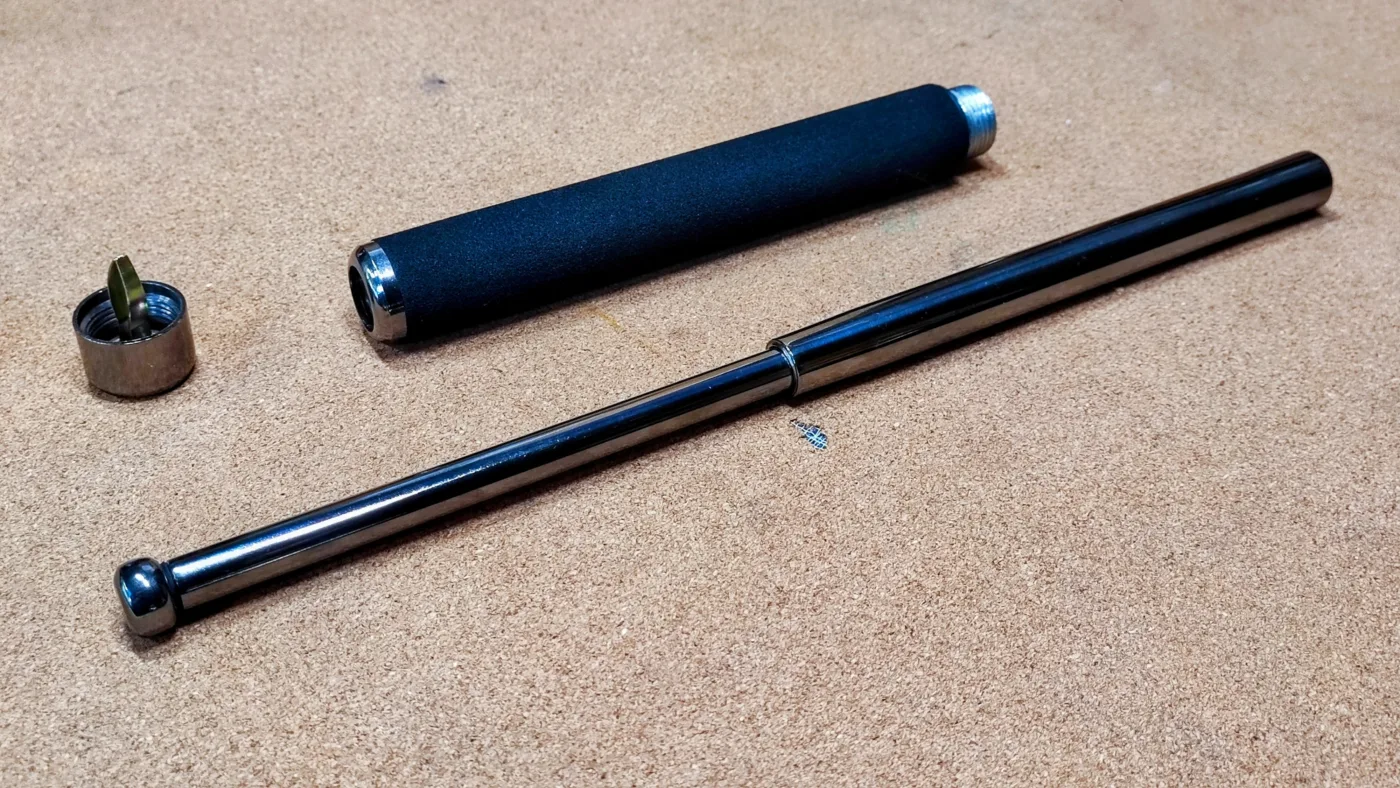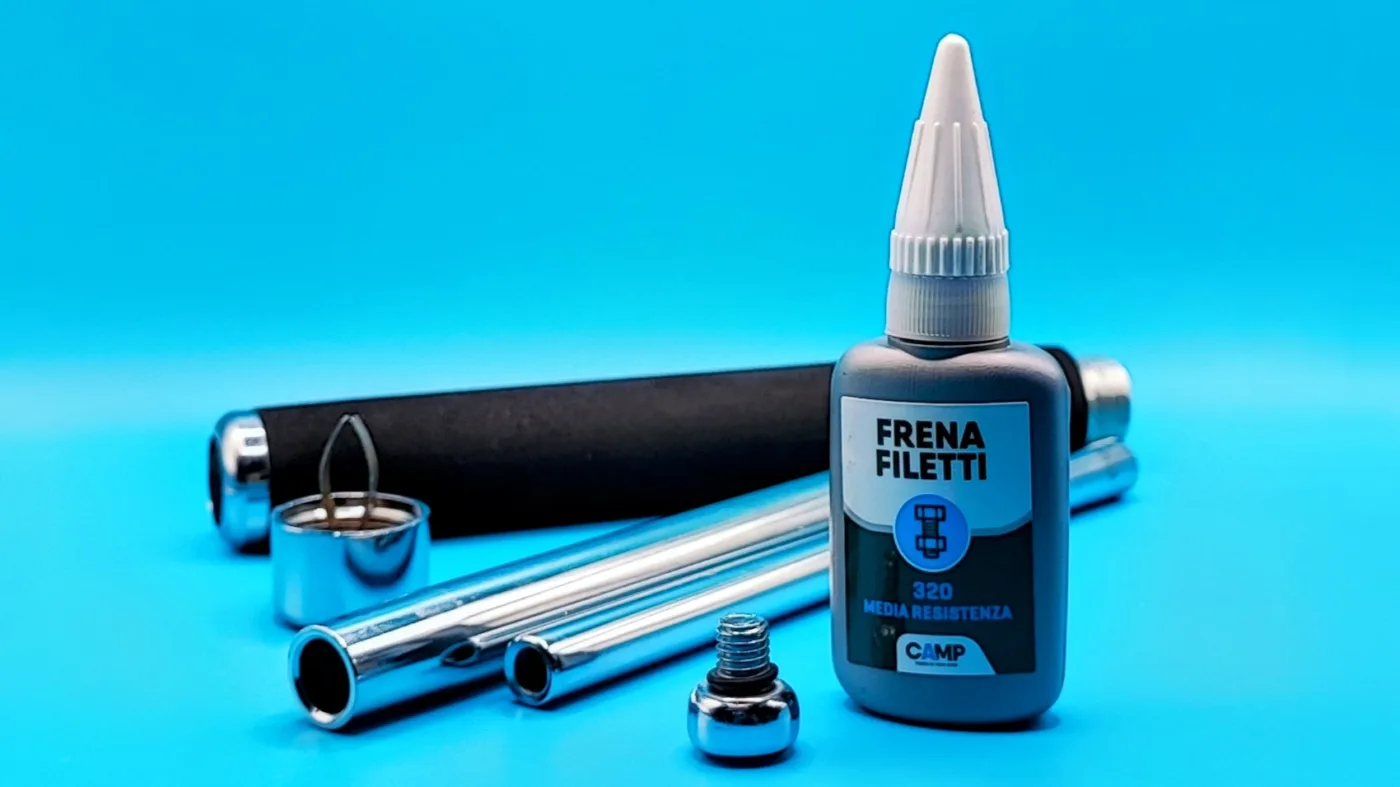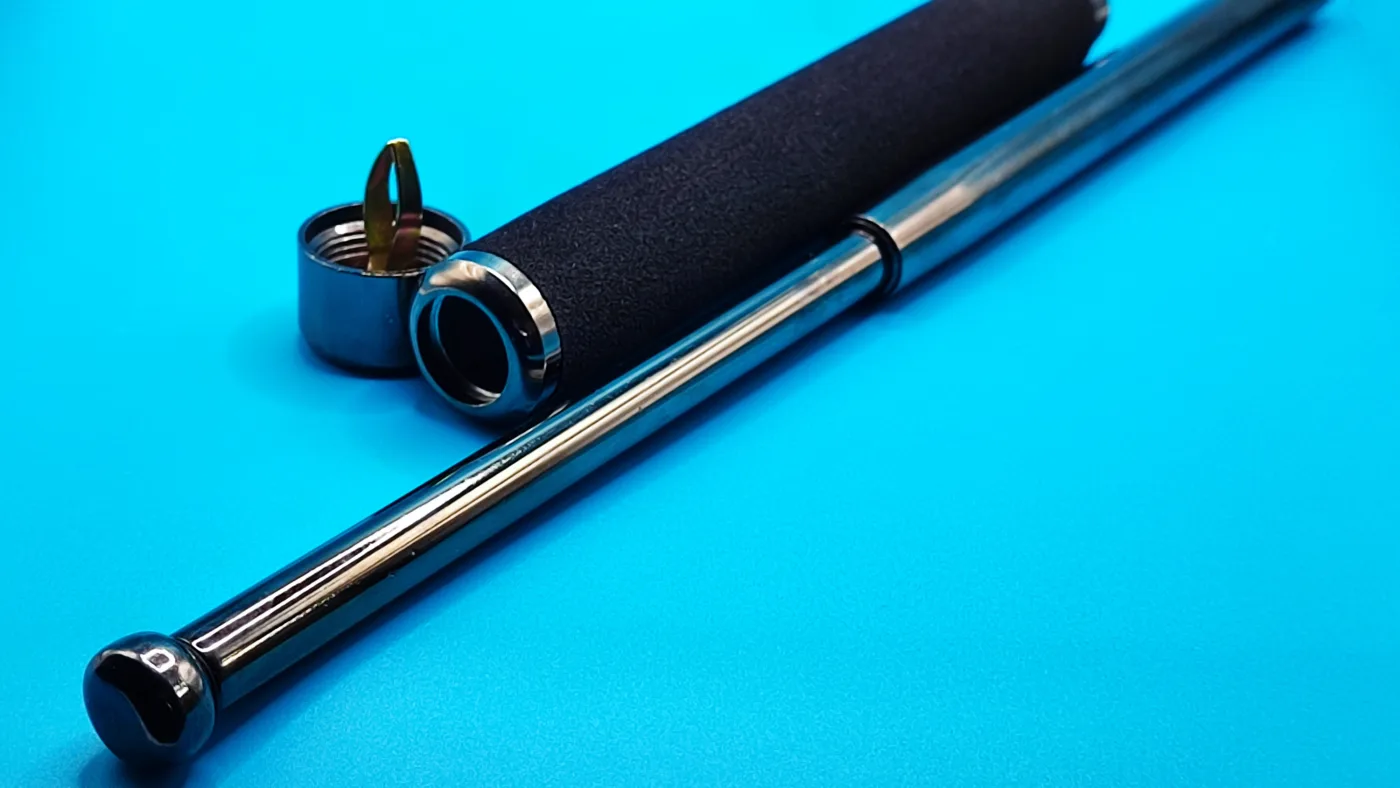Police Batons
Maintaining Your Expandable Baton: A Comprehensive Guide
Proper maintenance is essential for the longevity and effectiveness of your expandable baton. Regular cleaning, inspection, and care will ensure that your baton remains reliable and functional. This guide outlines the key steps in maintaining your expandable baton.
Routine Cleaning and Inspection

Keep the handle and all movable parts of the expandable baton clean. Periodically inspect the baton for any signs of damage. For a thorough examination or cleaning, disassemble the baton into its three main components: the spring guide cap, the handle, and the two expandable tubes. On a friction lock baton, it is important to ensure that the friction areas where the tubes lock are clean and degreased. You can use 99.9% isopropyl alcohol to clean the metal parts of your baton.
Checking and Securing the Tip

Regularly check if the tip of the baton has become loose. On batons like the JS21 or JS26, it’s not necessary to secure the tip with thread locker fluid. Tightening the tip firmly is more than sufficient. However, for some batons, it might be needed, especially when the tip constantly loosens. If you encounter such a situation, apply thread-locking fluid to the threads and promptly tighten the tip. This will ensure the integrity and safety of the baton during use. You can use medium or high strength thread locker fluid.
Dealing with Moisture
If your expandable baton gets wet, for example, during rain, disassemble all parts, wipe them down, and allow them to dry completely. It’s crucial to remove any moisture to prevent rust or deterioration.
Reassembly and Function Check
After performing maintenance, cleaning, or drying, reassemble the baton in the reverse order of disassembly. Always check all functions, including the secure locking of the tubes in the open position, to ensure the baton is ready for use.


